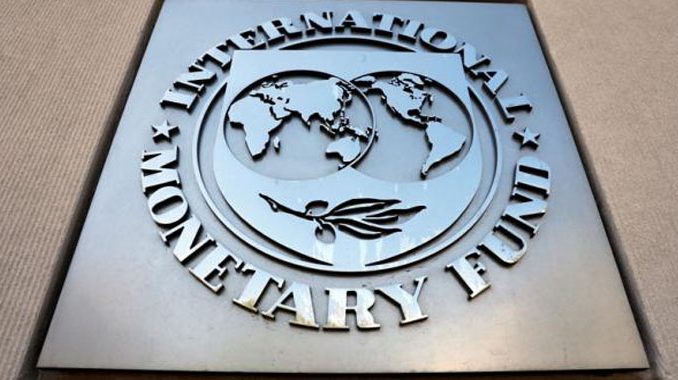
Ecuador will receive another disbursement.
After the President of the Republic, Lenín Moreno, announced that the Board of the International Monetary Fund (IMF) approved a new loan for the country for USD 6.500 million, it was known that the first disbursed will arrive in the country this Friday.
In the same way, the Ministry of Economy and Finance explained that, before the end of 2020, another disbursement for USD 2 billion will come from this body.
After this, Ecuador would receive USD 1.500 million in 2021 and USD 1.000 million in 2022, but this would depend exclusively on the country meeting the requirements made by the multilateral.
Kristalina Georgieva, director of the IMF, spoke about some details of the disbursement program that would have as a fundamental objective to anchor fiscal sustainability to the debt ceiling of 57% of GDP by the end of 2025.
In this sense, she asserted that this process would be supported by a combination of a progressive tax reform in the medium term and spending measures. In addition, she indicated that the country should implement management adjustments to guarantee the transparency of fiscal data in the State and improve the management of public finances.
However, the economist, Víctor Hugo Villacrés, recalled that the origin of the protests in October 2019 was the agreement that the Government of Lenín Moreno signed with the International Monetary Fund (IMF), which established parameters that had to be met in exchange for disbursements.
“Yesterday they celebrated the fact that the IMF generates a new extension in the type of credit where it establishes new disbursements for 4.000 million in this year and USD1500 million in 2021 and USD 1000 million in 2022”.
Villacres indicated that Ecuador would receive more than USD 8.000 million disbursed and to be disbursed from the international organization. This causes this government to leave the country in debt with USD 25.000 million, which represents 60% of GDP, said the economist.
“And that debt is supposed to be for investment, but it is not seen because there are no new schools, hospitals or roads. What has been done with those resources?”
Finally, he criticized that instead of feeling some positive impact with so much debt, the country has lost 700.000 jobs between January and June, which is also a blow to the Ecuadorian Institute of Social Security (IESS).
“USD 350 million in monthly liquidity has been reduced, that is, USD 2.000 million annually and the public has felt it. Consumption is reduced, unemployment increases and we have a 12% economic decrease at the national level ”.

Be the first to comment